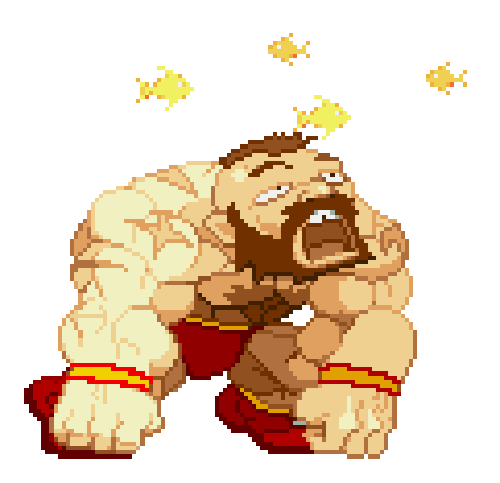There’s something about turn-based strategy that I really
like. It’s probably because whenever I do sit down and play a game that
utilizes it, it’s a breath of fresh air; a lot of games nowadays try to pack as
much action into an eight hour campaign as possible with little to none
actually involving the player, and by God, Call of Duty is the worst culprit.
Yes, I’ve been playing CoD: Ghosts’ multiplayer since Christmas but only
recently have I tried the single-player campaign because frankly, I can only handle
a barrage of explosions with a paper-thin plot from a Cold War vet’s fever dream
so many times before a mind-numbing hatred of the U.S. sets in.
Nonetheless I decided to give Ghosts a shot this time around
only to be disappointed yet again because CoD is doing the same nonsense it did
with Black Ops; come up with a title that’ll lead you to believe we’re actually
trying something new but prove the exact opposite at the very beginning of the
game. At what point does one doubt the covert ability of a paramilitary group
called ‘Ghosts’? Is it when their first course of action is to blow up a truck
and run in guns blazing? Or is it when they call a helicopter to a LZ so hot it
feels like Jessica Alba in the middle of August? But I digress.
As I’ve said before the video games industry has a plethora of
half-assed action games so I’m glad that despite the massive risk it took,
South Park: The Stick of Truth is a TBS title that’s enticing enough to see it
all the way through, but I cannot stress more than I will now that the IP in question is certainly not the reason why the game is good; much more credit is due to
Obsidian Entertainment for managing to create an addictive turn-based system
and interactive environment that contrasts the constant face-palming from all
the insipid humor that is South Park. The thing about it is, it’s not a show
you watch for laughs, it’s a show you watch to see how low it’s willing to set
the bar in taking the piss, and TSOT takes enough piss to arouse questionable
R&B singers and drive Bear Grylls absolutely mad.
To give you a partial idea of how much piss taking unfolds in
TSOT, here’s the rundown; you are the new kid in South Park and you make
acquaintance with all of its denizens through live-action role play. Yes,
LARPing. As you and a few LARPies (mostly Butters and Kenny) finish up your
first day of fantasy and adventure, you lay your over-sized afro to rest (if
you’re like me and chose to make the kid as negro as possible) and find
yourself being anally probed by aliens not much later. You then proceed to
fight your way through the ship in an attempt to escape, cause a crash-landing,
and a mysterious green goo oozes from its cargo and into the sewer system that
causes an outbreak of…Nazi zombies that chant in audio clips from Hitler rallies.
I cannot make this
shit up.
As the game continues the writers constantly point reference
at themselves and the things they’re mocking as if to say “Oooh aren’t we a
bunch of cheeky bastards! Teehee!” It’s the kind of dry, blatantly tasteless
humor that appeals to people that like to sniff glue and laugh at all things
Jewish. Not for any particular reason, just because it’s Jewish.
 |
| I'll give you one guess as to what's going on here. |
The actual game is quite well designed, using concepts
similar to Mario & Luigi Superstar Saga. There’s a fantastic musical score
and attacks require you get into a rhythm of button presses that make beating 4th grade children to a bloody pulp with a
dildo all the more fun. Weapons, items and upgrades are also well varied to keep you interested
and encourage new tactics, though remain fair because you’re never in
a situation you can’t handle; if you ever find yourself dying a lot at a
particular instance, you’re doing something wrong.
To be honest, TSOT had me in a sort of trance where I felt
absolute gaming bliss yet I’d occasionally want to bash my own teeth in with a
hammer because the boss I just fought was Khloe Kardashian’s giant Nazi zombie
fetus.
 |
| Not even kidding. |
Needless to say at this point but I’m not a fan of South
Park, though I’m sure my two cents isn’t going to stop people from playing
TSOT, bugging out and writing a twelve page thesis on why it's the perfect
example of everything humorous, that it’s the epitome of ‘social commentary’ and the success of this
title is only further proof of it.
...Then again, those people like to fling their poo at
things and think that Canada is a monarchy, so why should I care?












